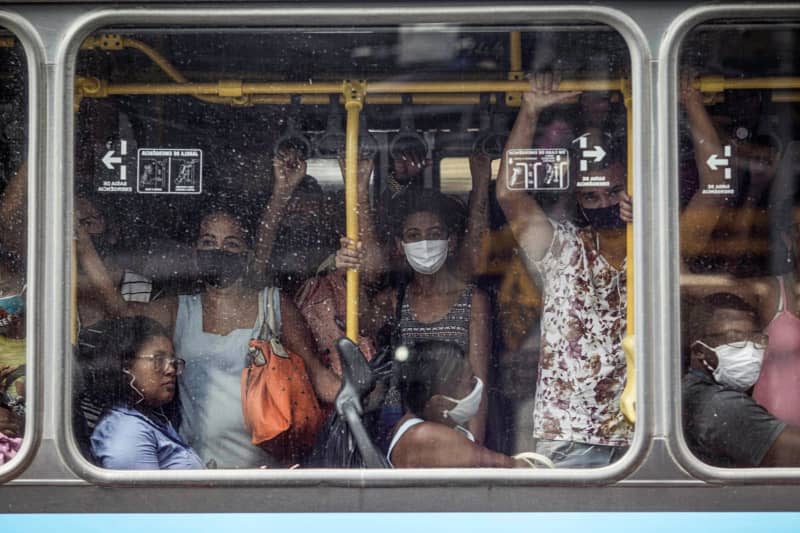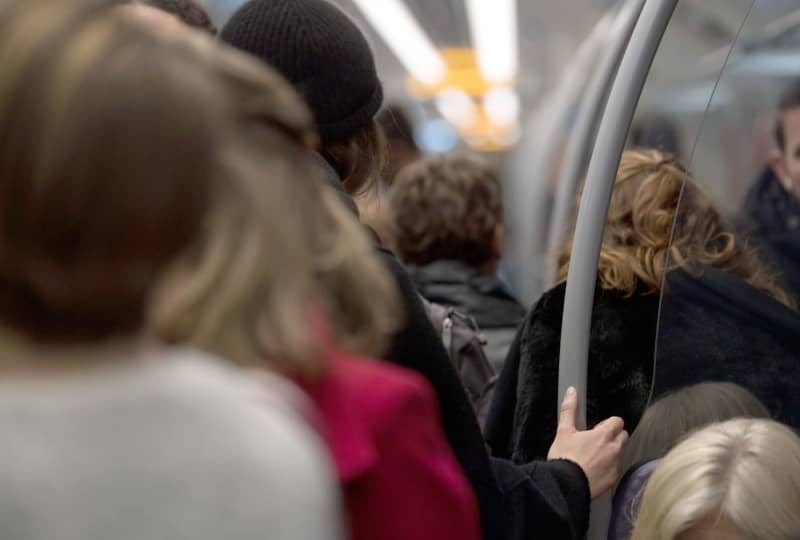Avoiding infections on the bus: Ventilation matters most, study shows

The likelihood you pick up an infection while riding public transport all depends on how well ventilated the shared space is, according to new research using computer simulations of how viruses spread.
A bus with active ventilation poses a significantly lower infection risk than an enclosed room with little ventilation, a study by scientists at the University of Kassel in Germany concludes.
"The main finding was that ventilation is the most important factor," explained research assistant Natalie Schneider.
During the coronavirus pandemic, the transport researchers began investigating how public transport can become more resistant to pandemics and epidemics and what ventilation in public transport can achieve.
To this end, they used computer simulations to investigate the spread of aerosols, i.e. the transmission path of viruses, in a virtual bus.
Even when simulating a very unfavourable scenario, the average risk of infection in a ventilated vehicle proved to be relatively low.
With a very high infection rate, a full bus, poor ventilation, no mask wearers and a 20-minute journey time, the probability of infection was calculated to be 3.2%.
"It has also been shown that wearing a face mask is very helpful," explained Schneider. The researchers found that the probability of infection was 20 times lower when wearing a mask than without.


